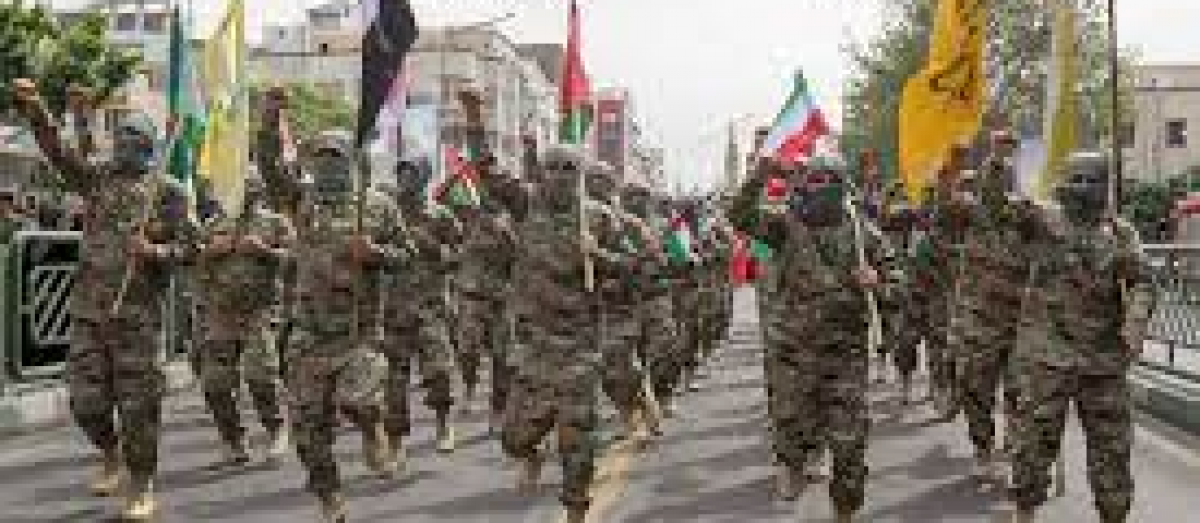Terrorism in the Philippines has been a persistent issue, with several active groups operating in various parts of the country. These groups have diverse motivations, including separatism, ideology, and religion. The most prominent terrorist groups in the Philippines are typically associated with Islamic extremism, and some have links to international jihadist organizations like Al-Qaeda and the Islamic State (ISIS).
1. Abu Sayyaf Group (ASG)

- Background: Abu Sayyaf, also known as ‘Bearer of the Sword’, was formed in the early 1990s. It is known for its radical Islamist ideology and was initially founded with the aim of establishing an independent Islamic state in the southern Philippines, particularly in the Mindanao region. The group has been involved in numerous criminal activities, including bombings, assassinations, kidnappings for ransom, and extortion.
- Recent Activities: In recent years, Abu Sayyaf has continued its campaign of violence. They have engaged in clashes with Philippine security forces, kidnappings, and bombings. The group is notorious for targeting foreign nationals and has been involved in several high-profile kidnapping cases. Despite military efforts to neutralize the group, they remain resilient, partly due to their operational fragmentation and deep entrenchment in the local communities they operate within.
2. Moro Islamic Liberation Front (MILF)
- Background: The Moro Islamic Liberation Front is a group based in Mindanao, the Philippines’ second-largest island. It was established in the late 1970s after breaking away from the Moro National Liberation Front (MNLF), primarily due to disagreements over the objectives and methods of the struggle. MILF’s initial goal was to establish an independent Islamic state, but over time, its position evolved towards seeking greater autonomy for the Bangsamoro (the Moro or Muslim people of the southern Philippines) within the Philippine state.
- Recent Activities: The MILF has been engaged in peace negotiations with the Philippine government. In 2014, a significant breakthrough was achieved with the signing of the Comprehensive Agreement on the Bangsamoro, which led to the creation of the Bangsamoro Autonomous Region in Muslim Mindanao (BARMM). The MILF has since focused on the political process and governance of the BARMM, although splinter groups and factions within MILF may still be involved in armed activities.
3. Bangsamoro Islamic Freedom Fighters (BIFF)
- Background: The BIFF is a breakaway faction of the MILF, formed around 2008. This group opposes the MILF’s engagement in peace talks with the government and seeks the establishment of an Islamic state in Mindanao through armed struggle.
- Recent Activities: BIFF continues to engage in sporadic attacks, including bombings, ambushes, and raids against military and civilian targets. Their activities have been mostly concentrated in central Mindanao. The group has also been involved in clashes with Philippine security forces.
4. Maute Group
- Background: The Maute Group, also known as the Islamic State of Lanao, gained notoriety in recent years, especially during the 2017 siege of Marawi. This group is known for its allegiance to ISIS and its goal of establishing an ISIS province in Mindanao.
- Recent Activities: The Maute Group’s most significant activity was the 2017 Marawi siege, a five-month-long battle that resulted in extensive destruction and displacement in Marawi City. Following the siege, the group’s capabilities were significantly diminished due to the death of several key leaders and the ongoing military operations against them. However, remnants of the group may still be capable of launching attacks.
Conclusion
The terrorism landscape in the Philippines is complex, with groups exhibiting various ideological motivations and operational capacities. While some groups like the MILF have engaged in peace processes, others remain committed to violent campaigns. The Philippine government’s approach combines military action with efforts towards political solutions, particularly in addressing the underlying social and economic grievances that fuel these conflicts.




